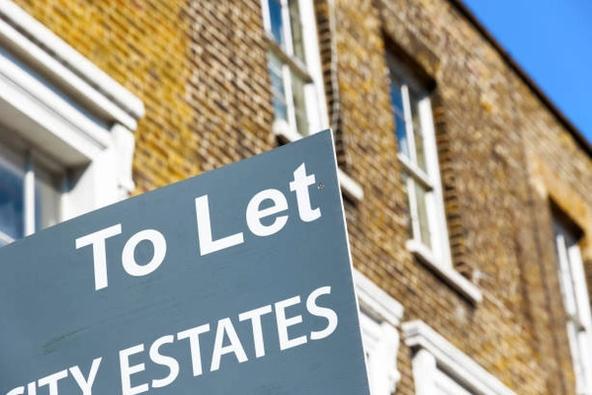What are MEES regulations?
The Minimum Energy Efficiency Standard (MEES) regulations set the minimum energy efficiency level that domestic private rented properties must achieve if they are planning to be let or are already occupied by tenants even when there is no change of tenancy.
The MEES regulations mean landlords are legally required to have an Energy Performance Certificate (EPC) rating of E or above on any buy-to-let properties they own, subject to certain exemptions. It is anticipated that the minimum EPC rating required will be raised to a D rating by 2025 and a C rating by 2030, making compliance more stringent and helping to achieve net-zero targets.
The regulations cover assured and regulated tenancy agreements as well as domestic agricultural tenancies unless a property is currently empty. For empty properties, the MEES requirements must be met as soon as the property is returned to the rental market or inhabited by tenants.
The legal minimum energy rating for landlords
As of 1st April 2020, if a landlord fails to comply with the MEES regulations by letting our domestic properties with no EPC or an EPC rating of F or G, they can be fined up to £5,000 per property based on the duration of the breach and non-compliance.
If a rented property is found to have an EPC rating of F or G, the landlord must take appropriate steps to improve its energy efficiency and achieve a rating of E or above if they want to continue to rent it out.
How to meet MEES regulation requirements
Achieving an EPC minimum rating of E or above in private rented housing is no different to energy-saving measures that apply to any other property. Typical energy saving measures will include improving insulation levels, replacing old or inefficient boilers, minimising infiltration, adding renewable technologies and other retrofit works.
The Energy Performance Certificate (EPC) report will make recommendations for improvements that can be made, but to fully understand the energy performance of rented houses may require a more thorough assessment of a building's performance.
Build Test Solutions offers a number of solutions for measuring the true thermal performance of buildings using a detailed heat loss calculator or equipment for testing the airtightness of buildings. These measurements help target upgrades effectively whilst ensuring the best return on investment and rental yield.
Qualified energy professionals and installers use our products to accurately measure the performance of homes and provide recommendations of what energy efficiency improvements to make.


